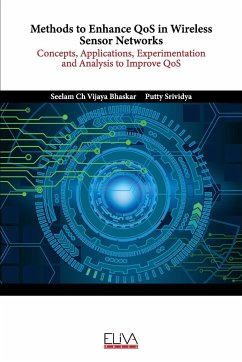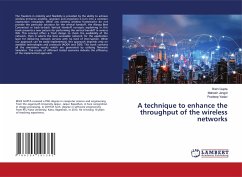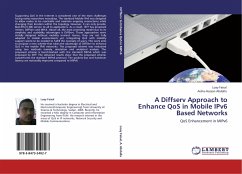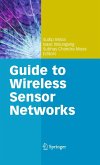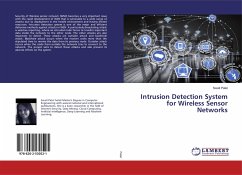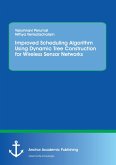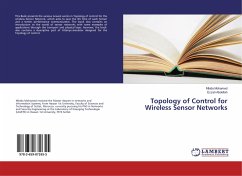The objective of this research is to focus on handling QoS for Wireless Sensor Network (WSN). Packet dropping and modifying is common attack in wireless sensor networks. These attacks interrupt the communication network and are difficult to identify in multi hop sensor networks. This paper presents an effective scheme to identify the packet droppers and modifiers by using ranking algorithms on the DAG generated by the nodes in the network. Simulation results are presented. Analysis of the performance of prominent routing protocols used in Wireless sensor networks with respect to throughput, routing overhead, PDR, delay. These parameters are calculated for the routing protocols AODV, DSDV, TORA, LEACH and the performance is measured and compared for the parameters to improve QoS of WSN. Wireless sensor network can get separated into multiple connected components due to the failure of some of its nodes, which is called a "cut." In this paper, we consider the problem of detecting cuts by the remaining nodes of a wireless sensor network. We propose an algorithm that allows 1) every node to detect when the connectivity to a specially designated node has been lost, and 2) one or more nodes (that are connected to the special node after the cut) to detect the occurrence of the cut. The algorithm is distributed and asynchronous: every node needs to communicate with only those nodes that are within its communication range. The algorithm is based on the iterative computation of a fictitious "electrical potential" of the nodes. The convergence rate of the underlying iterative scheme is independent of the size and structure of the network.
Hinweis: Dieser Artikel kann nur an eine deutsche Lieferadresse ausgeliefert werden.
Hinweis: Dieser Artikel kann nur an eine deutsche Lieferadresse ausgeliefert werden.

